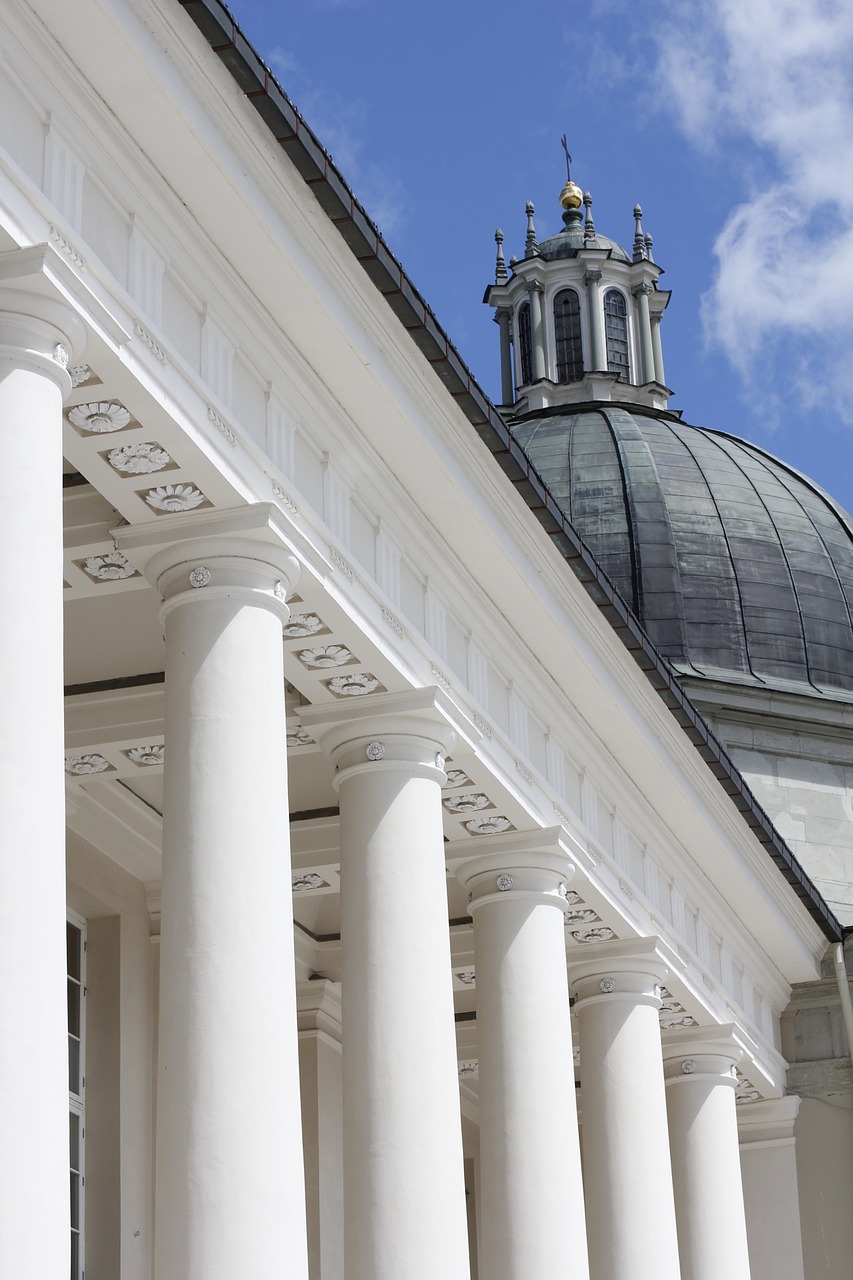Language and Communication: Overcoming Barriers in Lithuania
Lithuania, a country located in the Baltic region of Europe, has a rich cultural heritage and a unique linguistic landscape. The Lithuanian language, which is the official language of the country, plays a crucial role in shaping the identity and communication patterns of its people. However, like any other country, Lithuania also faces challenges in language and communication, particularly when it comes to overcoming barriers. In this article, we will explore various aspects of language and communication in Lithuania and discuss strategies to overcome these barriers.
Language Diversity in Lithuania
Lithuania is known for its linguistic diversity, with Lithuanian being the most widely spoken language. However, due to historical and geographical factors, other languages are also present in the country. The most prominent minority languages in Lithuania include Polish, Russian, Belarusian, and Ukrainian. These languages are spoken by various ethnic communities residing in different regions of the country.
- Polish: The Polish language is spoken by a significant number of people in Lithuania, especially in regions with a substantial Polish population. It is recognized as a regional language in some areas, and Polish-speaking communities have their own schools and cultural institutions.
- Russian: Russian is another widely spoken language in Lithuania, primarily due to historical ties with the Soviet Union. It is often used in interethnic communication and has a significant presence in media, business, and social contexts.
- Belarusian: The Belarusian language is spoken by the Belarusian community living in Lithuania. It is primarily concentrated in the southeastern part of the country, near the border with Belarus.
- Ukrainian: Ukrainian is spoken by the Ukrainian community in Lithuania, particularly in the eastern regions. It is also influenced by historical ties and migration patterns between the two countries.
Official Language and Language Policy
The official language of Lithuania is Lithuanian, which is spoken by the majority of the population. The Lithuanian language has a unique linguistic structure and is considered one of the oldest living Indo-European languages. The preservation and promotion of the Lithuanian language are of great importance to the country’s cultural identity.
To protect and develop the Lithuanian language, the Lithuanian government has implemented various language policies. These policies aim to ensure the use of the Lithuanian language in education, public administration, media, and other official domains. Additionally, the Law on Ethnic Minorities and the Law on Regional Languages provide certain rights and protections for minority languages spoken in specific regions.
Language Barriers and Overcoming Communication Challenges
Despite the linguistic diversity and language policies in place, language barriers can still pose challenges to effective communication in Lithuania. These barriers can arise in various contexts, including education, business, healthcare, and social interactions. However, there are strategies and initiatives in place to overcome these challenges and promote inclusive communication.
- Language Education: One of the key strategies to overcome language barriers is to provide language education and support to individuals from different linguistic backgrounds. This includes offering language courses, language exchange programs, and cultural integration initiatives.
- Translation and Interpretation Services: Professional translation and interpretation services play a vital role in facilitating communication between individuals who speak different languages. These services are particularly important in official settings, such as courts, hospitals, and government agencies.
- Multilingual Resources: Creating and distributing multilingual resources, such as informational brochures, websites, and signage, can help bridge the communication gap and ensure that important information is accessible to all individuals, regardless of their language proficiency.
- Interethnic Dialogue and Understanding: Encouraging interethnic dialogue and fostering understanding between different linguistic and cultural communities can contribute to better communication and cooperation. This can be achieved through cultural events, community forums, and initiatives that promote intercultural exchange.
Image 1:

Language Preservation and Revitalization
Preserving and revitalizing endangered languages is crucial for maintaining cultural diversity and identity. In Lithuania, efforts are being made to preserve and revitalize the regional and minority languages spoken in the country. This includes supporting language revitalization programs, organizing cultural events, and providing resources for language documentation and research.
Furthermore, the Lithuanian government collaborates with international organizations and participates in initiatives aimed at promoting language diversity and multilingualism globally. This involvement helps raise awareness about the importance of linguistic diversity and encourages the exchange of best practices in language preservation and revitalization.
Image 2:

Technology and Language Tools
Advancements in technology have also played a significant role in overcoming language barriers in Lithuania. The availability of language learning apps, translation software, and online resources has made it easier for individuals to learn new languages and communicate effectively across language boundaries. Additionally, machine translation and speech recognition technologies have improved accessibility to information and services for non-native speakers.
The use of technology in language education, such as virtual classrooms and online language courses, has also expanded access to language learning opportunities for individuals who may not have access to traditional classroom settings.
Image 3:

Conclusion
Language and communication play a crucial role in Lithuania’s cultural and social fabric. While language barriers can present challenges, the country is actively working towards overcoming these barriers through language education, translation services, and intercultural initiatives. By embracing linguistic diversity and promoting inclusive communication, Lithuania continues to foster understanding and cooperation among its diverse population.
References
– Lithuanian Ministry of Foreign Affairs: www.urm.lt
– Lithuanian Language Commission: www.lki.lt
– European Charter for Regional or Minority Languages: www.coe.int
– UNESCO Atlas of the World’s Languages in Danger: www.unesco.org
– Lithuanian Research Council: www.lmt.lt

